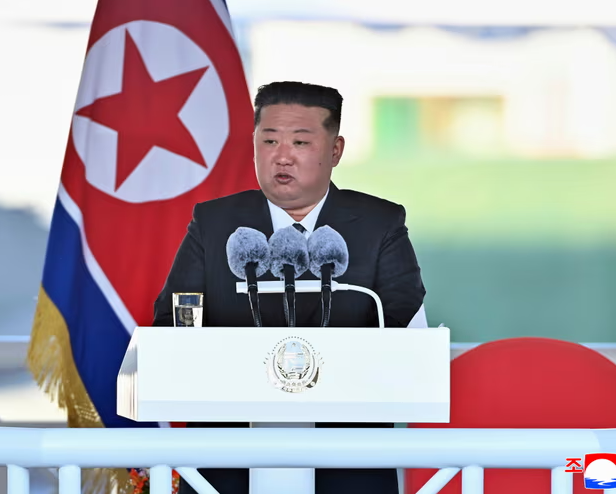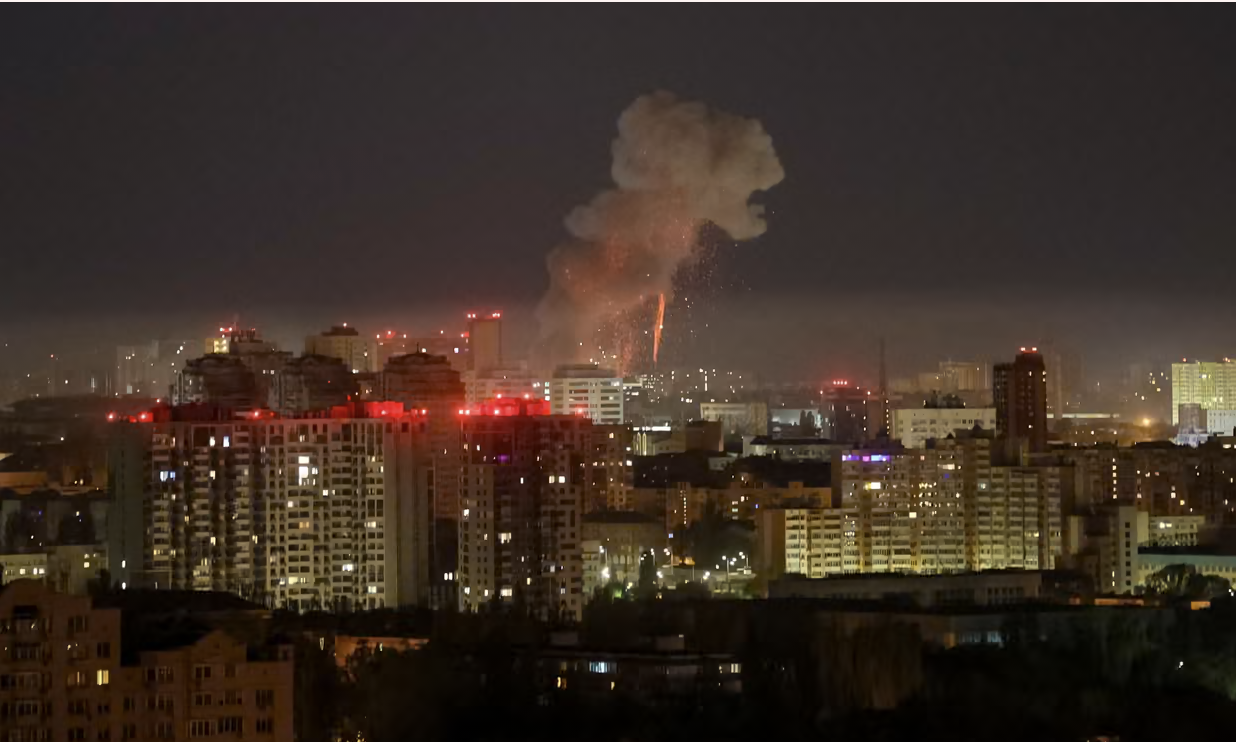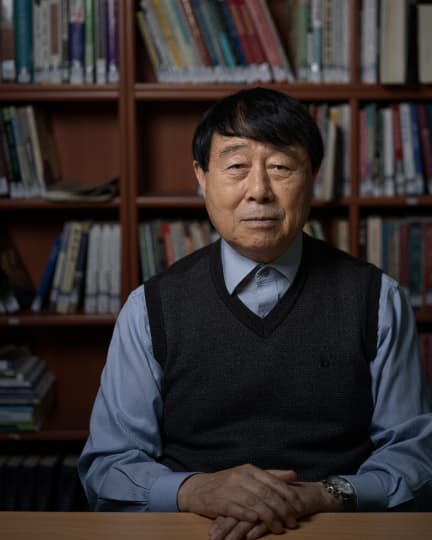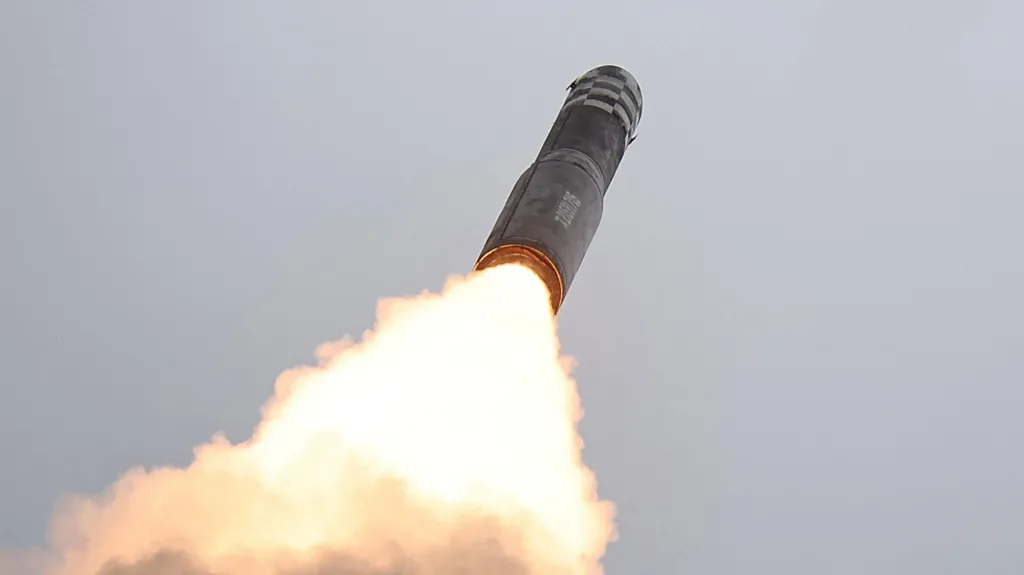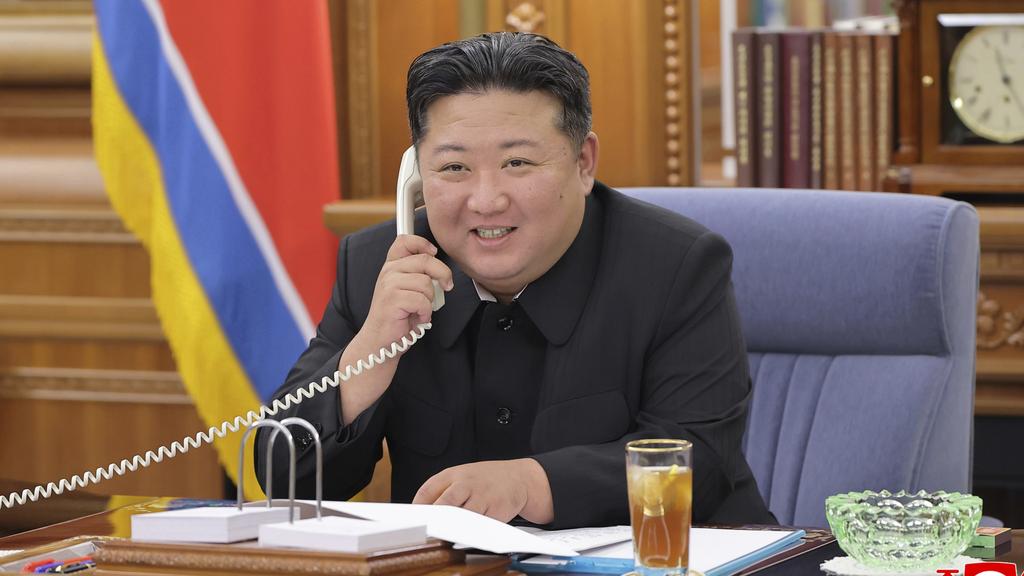
This article is more than
7 year oldWhere Trump failed in historic summit with Kim Jong-un

DONALD Trump has trumpeted his achievement after a historic summit with Kim Jong-un resulted in what he called a “pretty comprehensive” agreement and a revitalised relationship for the US and North Korea.
But many saw the deal as a disappointing case of “deja vu”, and were concerned by the concessions and overtures he made towards a totalitarian dictator.
The document signed by the leaders with great ceremony was little more than a page long, and lacked almost any specifics.
North Korea’s promises to denuclearise came with no detail, and did not even go as far as previous commitments it has made and broken, including one from 2005. Kim made no explicit undertakings to give up his nuclear program and gave no timeline for dismantling it.



Meanwhile, the President made a massive concession in promising to suspend military exercises with South Korea in the region.
Kim’s appalling human rights abuses and use of prison camps were skimmed over, and critics called Mr Trump “naive” and “outfoxed” following his excited rhetoric about what had been achieved.
While there was no mention of when the US might lift sanctions against the hermit kingdom, the Singapore meeting looked like a step forward for Kim in gaining the world’s trust.
The unprecedented meeting between a sitting US President and North Korean leader may have broken new symbolic ground — but it didn’t achieve anything tangible on its most vital aims:
DENUCLEARISATION
The primary goal of the meeting was to persuade Kim to stop the nation’s nuclear development and give up his nukes and ballistic missiles.
The 34-year-old did none of this, simply vowing in the document to adhere to the promise he made to South Korea’s president Moon Jae-in at their April meeting.
He “reaffirmed” the same commitment North Korea has been making since 1992, in a pledge that appeared weaker than 2005’s commitment to “abandoning all nuclear weapons and existing nuclear programs.”
The regime tested its first nuclear device the following year, has conducted five underground tests since and is thought to have assembled at least two dozen warheads.
The US wanted complete verifiable irreversible denuclearisation (CVID), which would require North Korea to allow international inspections and monitoring of sites — but there was no mention of Pyongyang welcoming United Nations nuclear inspectors back.


Experts on the region have long voiced doubts Kim will ever give up his weapons, suspecting he may simply try to prolong negotiations and gain a relaxation of international sanctions.
Mr Trump said in his press briefing after the summit that he was particularly pleased Kim had verbally agreed to destroy a nuclear missile testing site. “It was really the engine-testing site in addition to all of the other things that they’ve agreed to do,” he said.
The 71-year-old seemed to be referring to a test stand crucial to developing mid-range, solid-fuel missiles, which North Korea razed in the country’s northwest, as reported by 38 North last week.
Jeffrey Lewis from the Middlebury Institute of International Studies emphasised that denuclearisation didn’t mean disarmament in North Korea’s eyes, but an initial step towards improving the relationship.
“I didn’t lower my expectations quite far enough,” Mr Lewis told CNN. “I think the two parties are as far apart as they’ve ever been.”
Olivia Enos, policy analyst at conservative Washington think tank the Heritage Foundation, told the Wall Street Journal the “incredibly vague” agreement did not bridge the gap between the two nations’ understanding of denuclearisation. “This seems like just another feel-good statement similar to the one signed at the inter-Korean dialogue with little to no meat on the bones of where we go from here,” she said.


PEACE ON THE KOREAN PENINSULA
The joint statement spoke of efforts “to build a lasting and stable peace regime on the Korean peninsula,” but no immediate end was called to the decades-long war, a result it had been hinted could transpire.
This was again a much weaker commitment than a 1994 pledge to exchange diplomatic liaison offices, and a 2005 pledge to work towards a peace treaty.
Mr Trump said US military exercises with South Korea in the region were “provocative” and “inappropriate”, mirroring the language used by the North in its propaganda.
The President promised to suspend the “tremendously expensive” exercises as long as productive talks continued, saying he would remove US troops from the South “at some point”.
His vow appeared to take Mr Moon’s administration, US troops in Korea and even some in the Pentagon by surprise.
Abraham Denmark from the Wilson Center in Washington said South Koreans would be “unnerved” and conservatives “apoplectic” over the decision.

